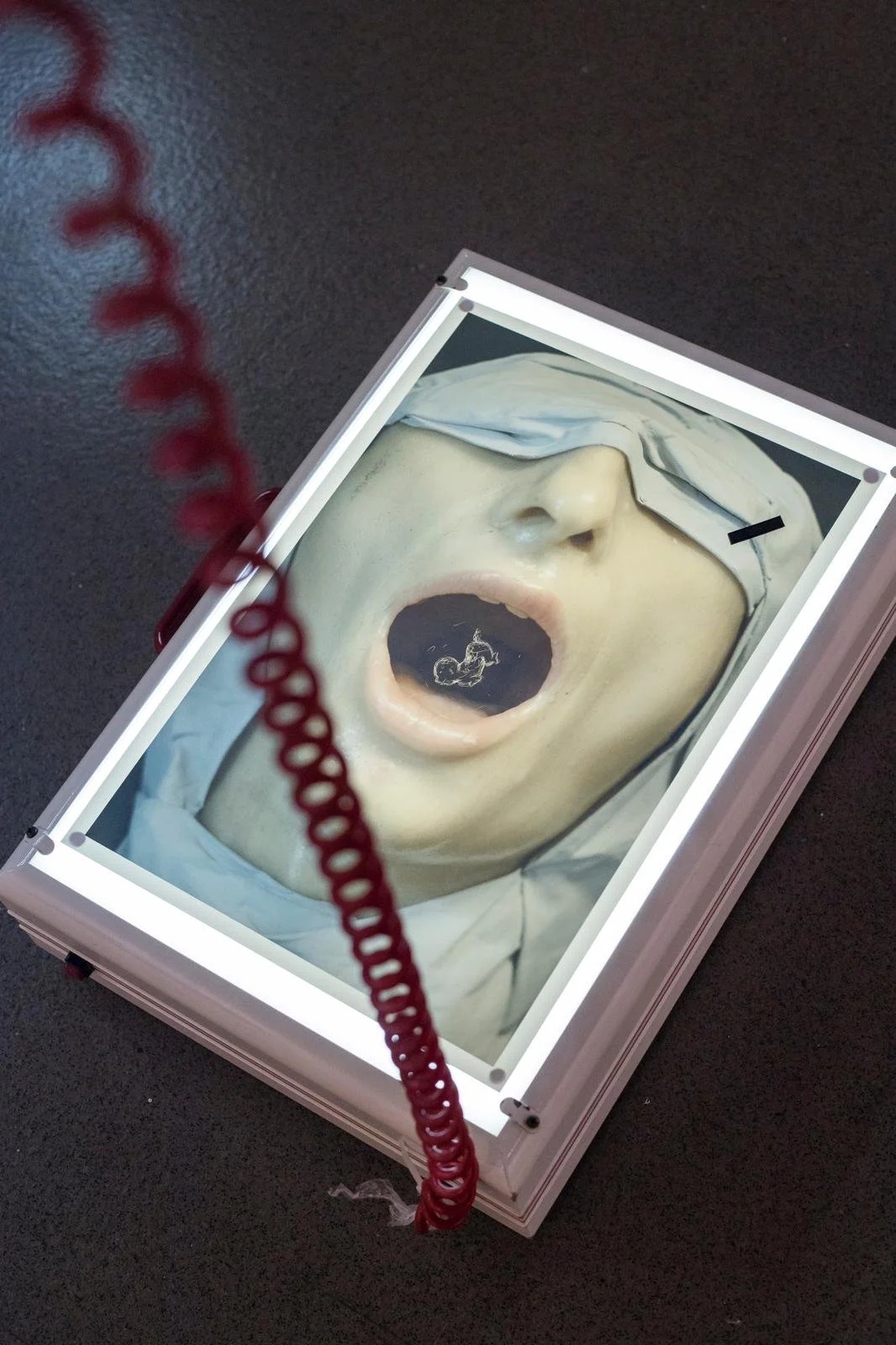Parallel Lines: Annapia Lorenzi
Gabriele Galimberti, The Ameriguns
Written by Federica Belli
Federica Belli Despite the recent spread of other digital languages, photography remains among the most contemporary ones. Which factors make it such a relevant medium nowadays?
Annapia Lorenzi I am honestly not so sure that photography is still the most contemporary language, but it certainly remains fascinating and widely used to this day – despite the new technologies available for us. I think the fascination of photography still lies in its ability to capture a snapshot, to take us in the middle of a story and allow us to discover its details, to feel its emotions. It invites us to take the time and look at a photograph, to really see it down to its smallest detail; in a way we can still gift ourselves the luxury to stop and take the time to look at a photograph in such an insanely fast world. A beautiful photograph invites us to reflect and discover its depth, as much in its beauty as in its criticalities. The still image remains poetic also because it often is the shape of our memories, the ones we recall as still images rather than as visual sequences: after all, everything that matters happens in a split second. The most significant moments in life are those that happen in the blink of an eye.
F.B. Working as an agent you have walked along some of the greatest photographers on the Italian scene and beyond, the ones who mastered a language that is as perfect for commercial commissions as it is for extremely personal and emotional projects. Which techniques have you employed to guide their path over the years?
A.L. A truly great photographer – one of those who have an innate talent – is capable of creating emotions even through commercial language. And even when this is not the case – when dealing with more technical or documentary photographs of a product – as long as there are no strict impositions on the side of the client but rather at least a partial freedom for the photographer, it remains possible to achieve a strong emotional impact. Those who have a talent and get to use it commercially can achieve very good results. As an agent my task is to work for these photographers, trying to convey their value (which I represent) to the clients, hoping they will appreciate the talent I am introducing them to and will know how to make the most out of it. And after all, making the most out of it merely requires respecting their style and narrative ability.
Joseph Cardo
F.B. An agent knows that in order for her photographers to grow consistently and organically, it is essential that alongside a commercial recognition the also establish a personal language and an identity in the art world. How did you learn to balance the two aspects by choosing the right projects for each photographer?
A.L. I honestly don't decide anything. It is quite simple: a photographer who has his own identity will seamlessly convey it in a commercial project as well. Rather, my work lies in making it clear for clients that they can choose a non-commercial artist to promote their brand, and that by doing so
they will have a different appeal to the public. This has led me to work mostly with visionary luxury brands, because they are often more willing to take risks. In the end, taking the risk to behave differently from the mass often turns out to be a winning choice. Another interesting case is imagining a project from scratch side by side with the photographer, thinking about which brands might have a suitable vision only consequently. In these cases, when the proposal is accepted, you know you made it.
F.B. Speaking of other visual languages, more and more often campaigns are being generated in AI. How important do you think it is for a contemporary photographer to include these new languages in their practice?
A.L. This topic is quite complex, being based on a sort of prediction of the future. Turning to the past, every time photographers or artists have insisted on resisting to the adoption of new languages, in not experimenting – not in order to adapt to the times but rather in order gain technical capabilities while respecting their own nature – they have somehow been cut out of the market shortly afterwards. For example, photographers who rejected the adoption of digital cameras in the analogue era ended up being excluded from the commercial scene. As an agent, it is crucial to understand what an artist is willing to give up, on the basis of a personal choice and inclination.
F.B. On the other hand, what future do you see for pure photography – often perceived as irreconcilable with new media and resisting to change – in advertising?
A.L. I honestly believe photography will never disappear, just as handwriting or painting on canvas are still around. It will certainly become more of a niche language, but this also implies it would have a higher value. A brand might at a point choose to promote its product through curated photobooks or through traditional photography projects. A case in point is what happened with fashion designer Yohji Yamamoto, who promoted the brand's 50th anniversary by printing Max Vadukul's photographs from past campaigns on an exclusive capsule collection. And let's not forget that photography can be (and already is) proposed as NFT – and therefore as cryptoart. Isn't this the future already?
Evelyn Benicova







